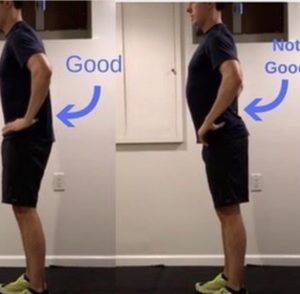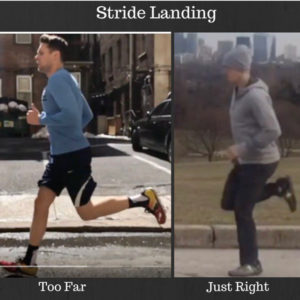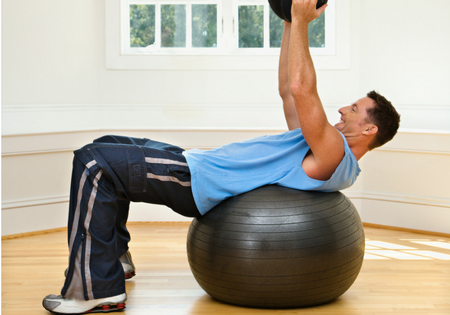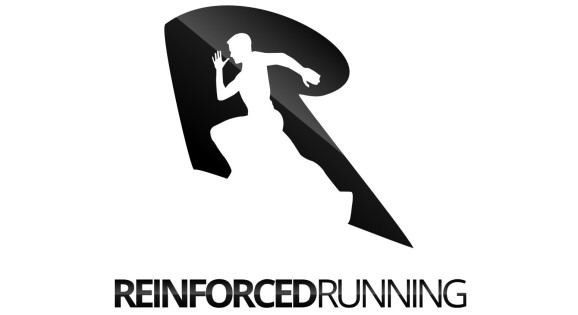Learn How to Use Your Core Strength With Proper Form.
Do you know core strength important?
I’m sure you do, but what makes a strong core?
Is it your current ab circuit?
What about your max plank hold?
How many crunches do a week?
It’s not a secret that core strength is important. And most runners have a go-to routine.
So, why do you do crunches and planks? Have you stopped to ask yourself, “Why”?
Mike is a runner who is always at the gym. He regularly hits the mats for core training.
Mike wants to get stronger
Mike wants to look good at the beach
Mike wants to prevent injury
But, Mike is ALWAYS hurt
Like most runners, Mike knows core strength is critical for training.
Some of Mike’s go-to exercises:
- Planks
- Side Planks
- Hydrants
- Yoga
- Pilates
And, he uses all the toys too!
- Bosu ball
- Weights
- Medicine balls
- Ab Wheels
- Reformers
EVERYTHING
Yet, Mike experiences the same results.
“I don’t get it, man,” Mike said with frustration.
“Why am I getting hurt so often? I do twice as much strength work as the next runner, and my core is strong. What gives?”
Now, before we addressed core strength we talked about running form.
It turns out Mike overstrides. His foot lands in front of his center of gravity. Mike’s lower back rounds (convexed) while he runs. It became clear that Mike’s core was not engaged during his run.The core strength he built doing crunches meant nothing. Mike has a strong core but he has weak positioning His strong abs are worthless during his run.
Consider, the strongest guy on a football team that never sees the field on game day. If that player doesn’t have the skills that add value to the team, then his strength doesn’t help.
Running is a skill!
Learn the skills, and you can reap the rewards of your strength training and run injury free.
A few tweaks in technique and additional drills taught Mike to engage his core. He learned to run safe and reduced motion in his stride.
How to Engage Your Core
Your “core” is a broad area. Consider your core to be from your mid-thigh to your torso. Your core is your Foundation. Without an effective foundation, you can’t build running strength in an efficient way.
Learn to engage your core while running to:
- Build a strong foundation
- Limit the amount of motion in your stride
- Increase resilience in your training
Once you learn to activate your core you can use this skill for life:
- Betters lifts at the gym.
- Improved posture.
- Confident beach muscles.
Engage Your Core While Running and PR
Planks and leg lifts will build a strong core. It is no secret, so stop looking for new exercises to get you results. Learn your body and how to move and you will feel gains.
Rounding in the lower back is common in runners without proper engagement. Runners tend to run “tall”. As they open their chest their posture becomes overextend. The lower back will begin to round and will expose lumbar spine. Lower back tightness is a physical sign of poor running posture.
Step 1: Learn to Tuck Your Tail and Beat Injuries.
Imagine you have a tail. Now imagine that you see something that scares the sh*t out of you. You will clench your butt and your tail will be between your legs. You are now in better running position.

Involve glutes in your run by tucking your tail to engage your glutes and core. Shifting your pelvis to a posterior tilt from an anterior tilt help keep you stable and active.
When done correctly your lower back will flatten. The rounding in your lower back will disappear. You lower back tightness will disappear and you will feel ready for your run. You will feel a slight squeeze in your lower glutes and hamstrings.
Step 2: Squeeze Your Butt and Get Results.
Flex your butt to about 70 percent of full force while you tuck your pelvis. You’re now ready to run. Hold the squeeze of about 70 percent to keep your glutes and hamstrings fired during your stride.
Step 3: Shorten Your Stride to Reduce Injury.

A shorter stride will limit motion during your run. A long stride will cause a shift in your lower legs and a twist in your torso. Movement through your torso can knock your core out of alignment.
Shorten your stride and aim to land with your feet under your center of gravity (hips).
Step 4: Hamstrings and Glutes to Improve Efficiency.
- Pull your hamstrings and glutes with each step. Lift your foot under your butt while you shorten your stride. Imagine that you have a string attached to your heel that runs through your body and out of the top of your head. Pulling the string lifts your foot straight up while your knee points to the ground.
Step 5: We talking about practice:
Now, you have to practice keeping your core and glutes tight. The routine below creates muscle memory for how to engage your core. Do this plan for three times a week pre run. Give your ab routine a rest as you learn to move well.
Each routine should include three total movements. Always start with the “hip hinge drill.” Add one “core movement” and one “Glute Exercise.”
Always
Core Movement Practice
Glute Exercises
Give this routine a shot and practice keeping that butt tucked during your run.
Need of a full strength training routine for runners?
Subscribe to my email list to get more info on running form and strength practice.

